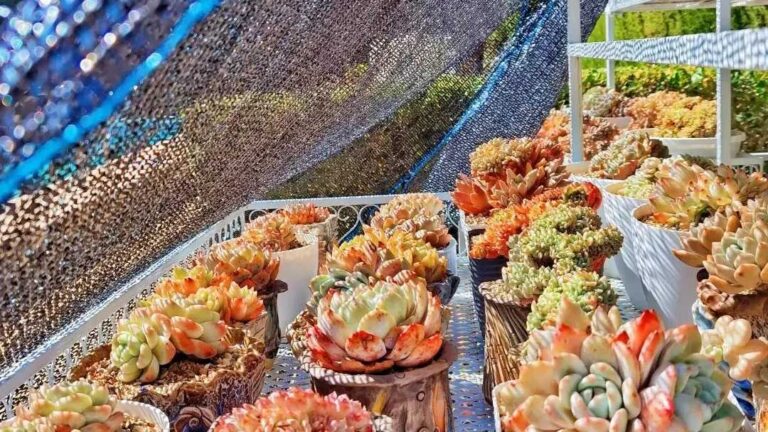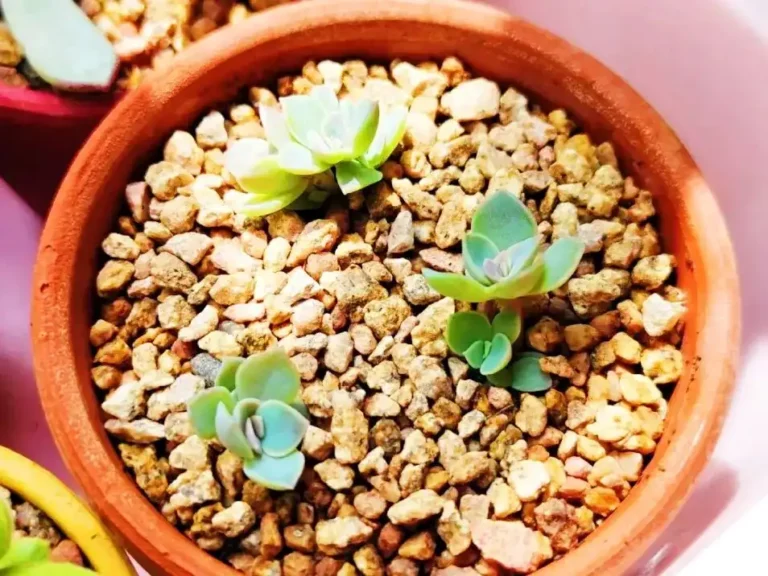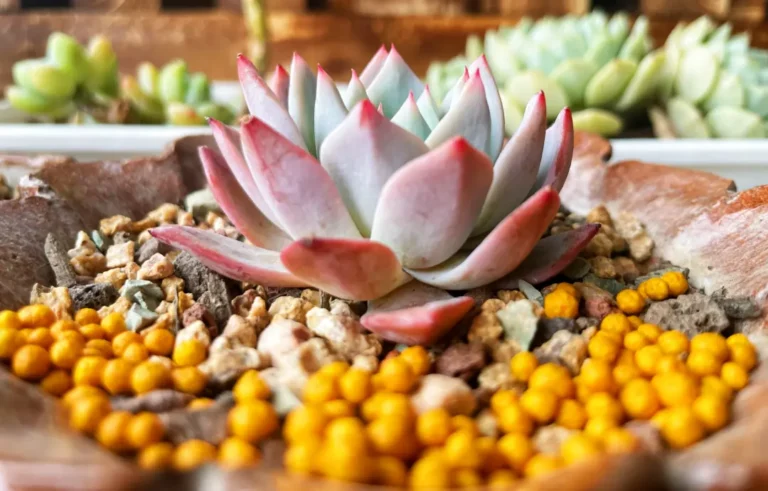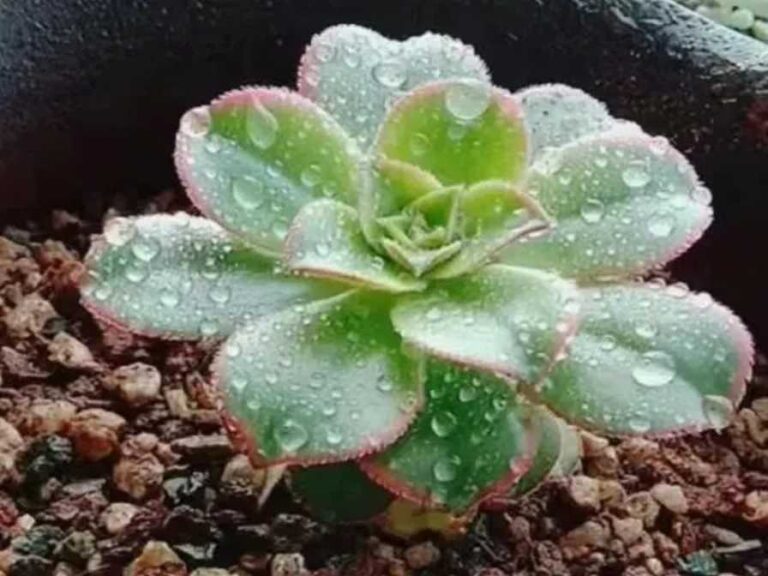As a plant enthusiast with 5 years of experience in succulent care, I will teach you to create a flourishing succulent garden by hand through 4 succulent propagation methods summarized in real life and succulent pop-up propagation and leaf layer care tips. Whether you are a novice who is new to leaf insertion propagation or an advanced player who wants to master professional-grade succulent popping tips, this guide will systematically analyze the key operation steps and common misunderstandings.
3 key points to increase the success rate of leaf insertion propagation
Leaf insertion is the most cost-effective way of propagation, with a success rate of up to 90% of the recommended varieties such as purple music, white peony and other leaf fat type succulents. The best time to do it is the 3rd-5th day after watering in spring and fall, when the water content of the leaves is moderate. The key is to keep the leaf base growing point intact, and twist the leaves gently at an angle of 45 degrees to shed them.
It is recommended to use perlite + vermiculite 1:1 mixture of substrate, maintain 60% humidity. The new root system can be seen in about 15-20 days, at this time can be moved to the diffused light environment. Be careful to avoid direct light and overwatering, which are the main reasons why novice leaf plugs fail.
扦插繁殖的精准操作指南
Propagation by cuttings is an effective means of saving plants when succulents suffer from black rot or growth. Use a sterilized blade to make a flat cut at 3-4cm of the stem, apply carbendazim powder to the cut and leave it to dry for 72 hours. After a protective layer was formed, the plants were inserted into a breathable substrate and the environment was kept ventilated for the first two weeks to avoid secondary infections caused by stagnant water.
Experimental data show that the survival rate of chopped seedlings with a diameter of more than 2cm reaches 85%, while those less than 1cm only 62%. It is recommended to choose sunny weather operation, air humidity control below 50% can accelerate wound healing.
Advantages and Timing of Split-Plant Propagation
The best time to divide popping pots of succulents is during the peak growing season of spring and fall. When the diameter of the side shoots reaches 1/3 of the parent plant, use pointed tweezers to separate with the root system. It is recommended to use 12-hole seedling trays for individual planting and keep the substrate slightly moist at the beginning. Avoid fertilization for the first 30 days, and then transfer to regular maintenance after the new roots have grown.
Comparative tests show that the survival rate of split seedlings with their own root system is 37% higher than that of leaf-plugged seedlings, and the growth rate is 42% higher. It is especially suitable for rapid propagation of expensive varieties such as Orange Monroe and Ice Jade.
Professional-level handling of pollination propagation
Crossbreeding involves selecting parents that meet at flowering time and cross-pollinating them with a 000 paintbrush. Successful pollination is signaled by the expansion of the flower base to form a seed pod, and the sesame-like seeds can be harvested after about 45 days. It is recommended to use peat:perlite 3:1 seed sowing substrate and maintain a constant temperature environment of 25℃, the germination rate can reach over 78%.
Professionals often use the low-temperature germination method: place the seeds at 5℃ for 48 hours, and then move them back to room temperature to increase the germination rate by 15%. Key Note: Seed propagation takes 2-3 years to obtain adult plants, suitable for patient and deep hobbyists.
3 tips for creating the perfect hand bouquet with a burst of heads
Precision beheading method: retain the bottom 2-3 layers of leaves of the ungrown plant cut flat, the incision can sprout 3-5 new bud points
Non-destructive centering: use curved tweezers to remove the center leaves layer by layer, to stimulate side bud sprouting
Directional leaf jerking: rotate the plant to remove the leaves in a specific direction in stages to guide the growth of modeling
The 6 golden guidelines for head bursting period maintenance
Pots selection: crown and pot diameter ratio to maintain 1:1.2, red ceramic pots are the best
Soil program: high quality peat: volcanic rock: vermiculite = 5:3:2
Watering rhythm: bamboo stick testing method to determine wet and dry, maintain 30% water content in the substrate during the growing season.
Light management: 4-6 hours of direct light per day, with fill light can enhance the density of burst buds
Fertilizer strategy: quarterly application of special controlled-release fertilizer, 3g per liter of soil.
Environmental control: Maintain a temperature difference of 10℃ day
Advanced foliage care tips
Three dimensions need to be grasped to achieve extreme condition through controlled maintenance:
Extreme water control: water when the leaves appear longitudinal folds, stimulate nutrient storage
Light pressure: gradually increase the light intensity, so that the monthly increase in plant height is limited to 0.5cm.
Root management: Prune the dense root system during annual potting to promote capillary root regeneration.
Comparative experiments show that after 6 months of controlled cultivation of Bingyu succulent, the number of leaf layers increased by 83%, plant diameter reduced by 37%, and color saturation increased by 2 levels.





